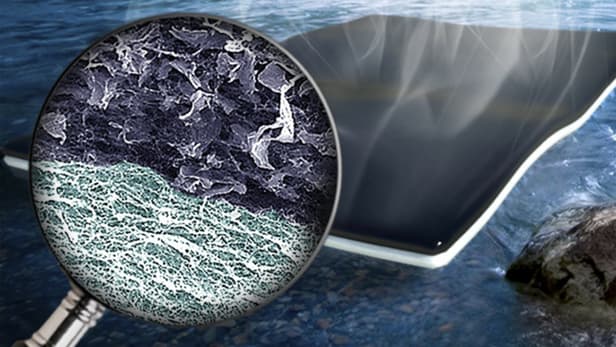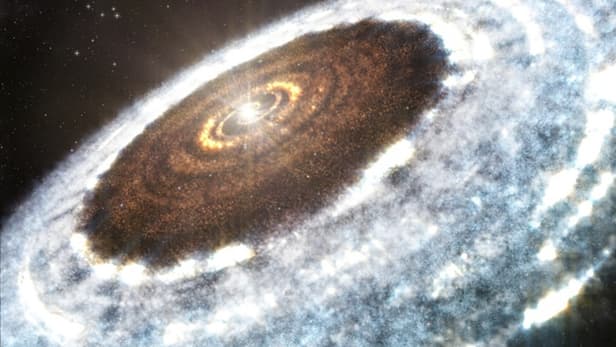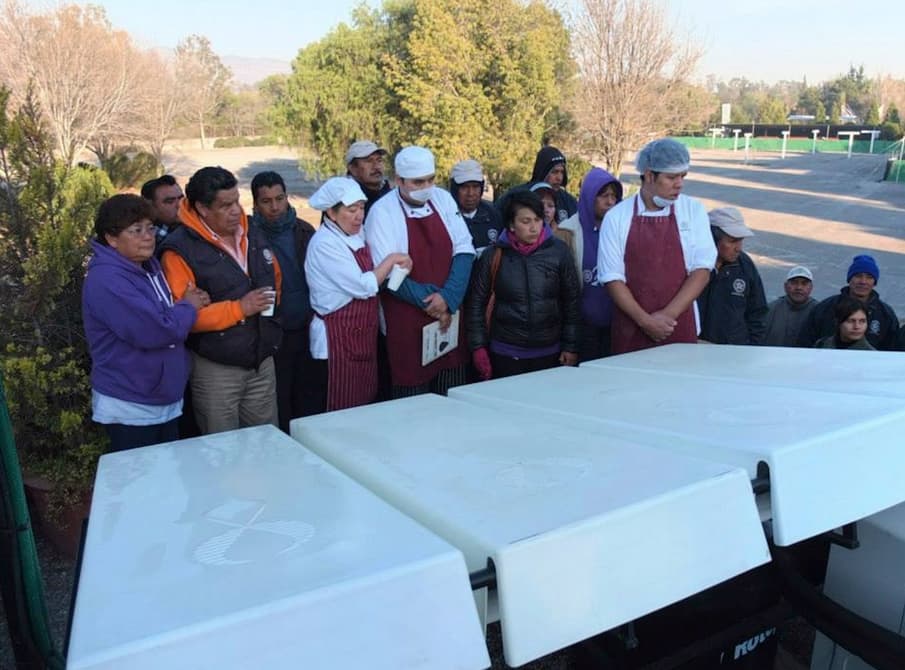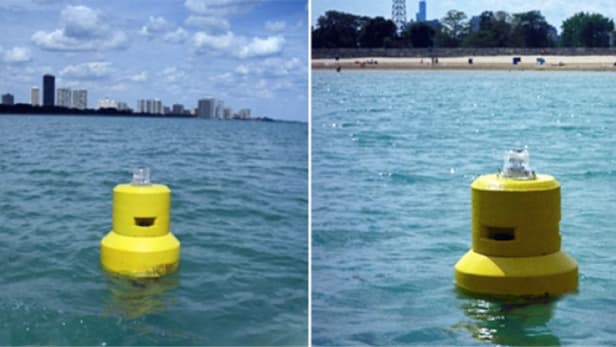Engineers at the Washington University in St. Louis (WUSTL) have developed graphene-based biofoam sheets that can be laid on dirty or salty dams and ponds to produce clean drinking water, using the power of the sun. This new technique could be a cheap and simple way to help provide fresh water in countries where large areas of water are contaminated with suspended particles of dirt and other floating matter.

A new system of bi-layered biofoam may provide the means to purify vast bodies of water simply by overlaying them with sheets of this new material
The biofilm is created as a two-layered structure consisting of two nanocellulose layers produced by bacteria. The lower layer contains pristine cellulose, while the top layer also contains graphene oxide, which absorbs sunlight and produces heat. The system works by drawing up water from underneath like a sponge where it then evaporates in the topmost layer, leaving behind any suspended particulates or salts. Fresh water then condenses on the top, where it can be drawn off and used. Read more











